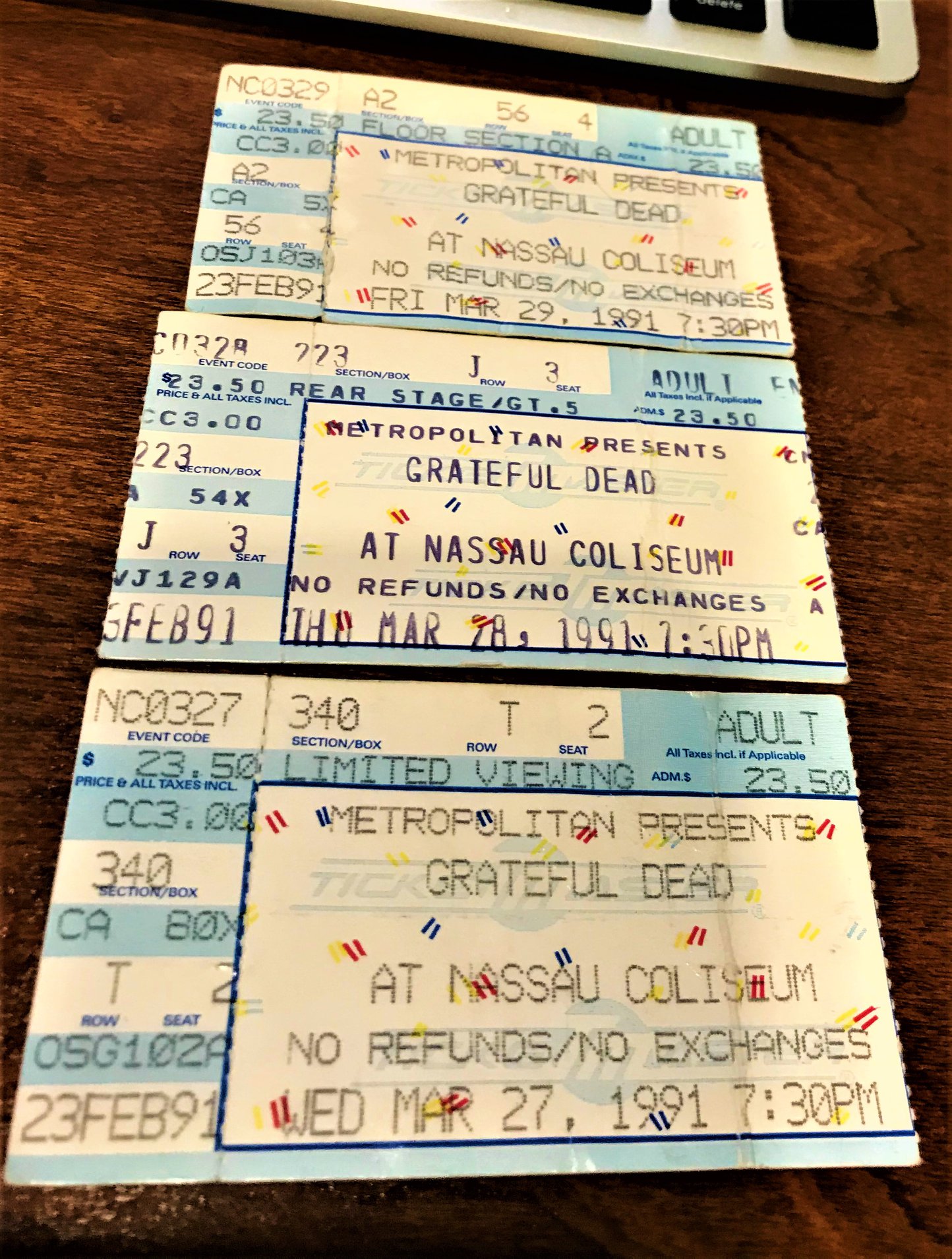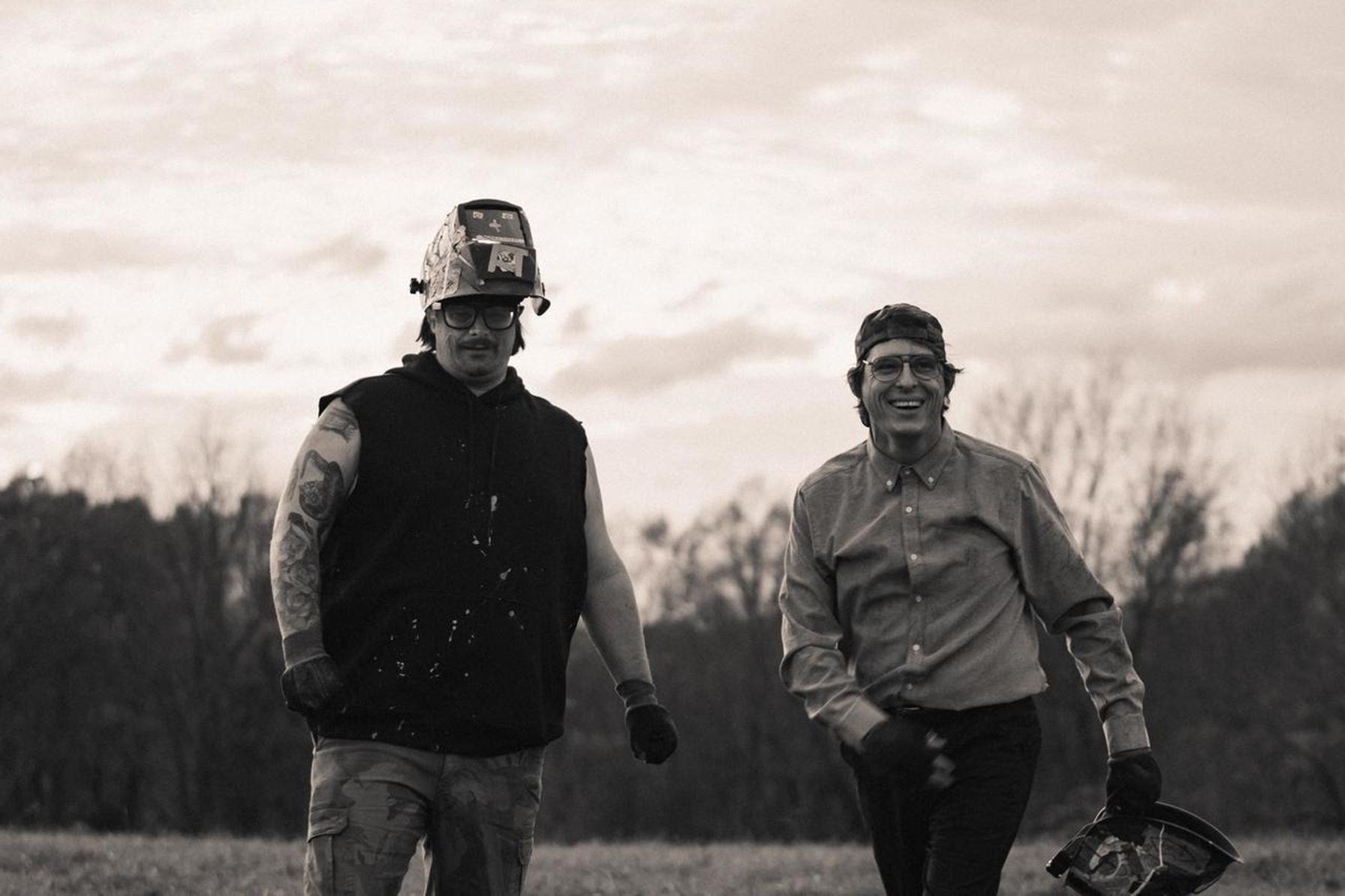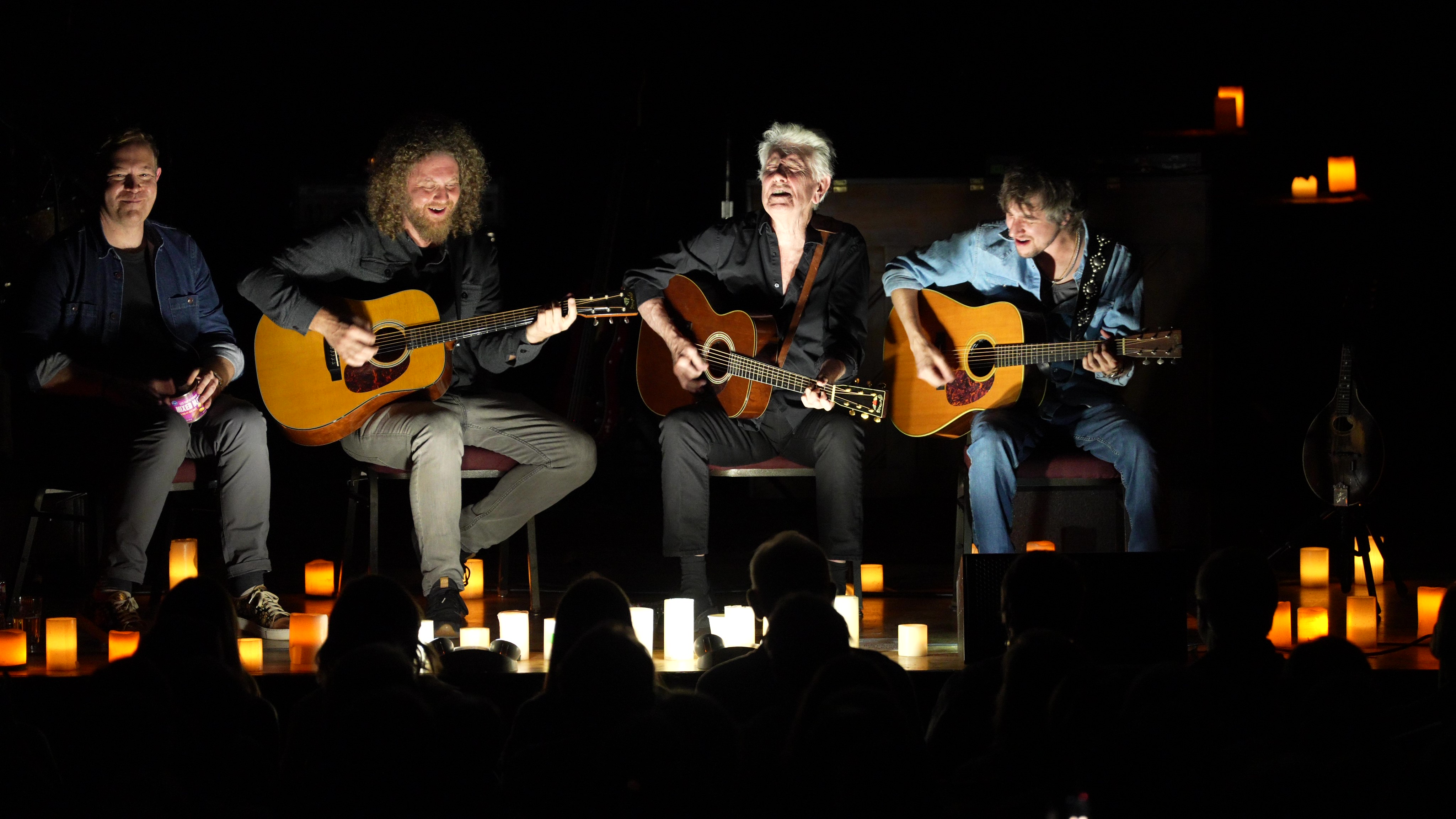Mike from the Grateful Web is currently touring Greece. He's going to send pictures back when possible. Here's a few for now, including the Parthenon, Ancient Agora, Temple of Hephaistos, Theater of Dionysus, and some views of Athens from The Acropolis.
The Agora. was the heart of ancient Athens, the focus of political, commercial, administrative and social activity, the religious and cultural centre, and the seat of justice. The site was occupied without interruption in all periods of the city's history. It was used as a residential and burial area as early as the Late Neolithic period (3000 B.C.). Early in the 6th century, in the time of Solon, the Agora became a public area.
Temple of Hephaistos. The temple, known as the "Theseion", is Doric, peripteral, with a pronaos and opisthodomos. It crowns the hill of Kolonos Agoraios and is the most prominent and better preserved monument of the Agora. The temple was dedicated to two gods, Hephaistos and Athena, whose bronze cult statues stood in the interior. The construction of the Hephaisteion started in 449 B.C.
The Parthenon. It is the most important and characteristic monument of the ancient Greek civilization and still remains its international symbol. It was dedicated to Athena Parthenos, the patron goddess of Athens. It was built between 447 and 438 B.C. and its sculptural decoration was completed in 432 B.C. The construction of the monument was initiated by Perikles, the supervisor of the whole work was Pheidias, the famous Athenian sculptor, while Iktinos and Kallikrates were the architects of the building. The temple is built in the Doric order and almost exclusively of Pentelic marble.
The Theater of Dionysus. built into the natural hollow of the south slope of the Acropolis, was the world's first theater built of stone and the birthplace of Greek tragedy. This is where the dramatic contests in the Greater Dionysia were held. Originally a place to honor the god Dionysus in dance and song, in the fifth century the plays of Aeschylus, Sophocles, Euripides and Aristophanes were performed here.
More pictures from the trip.
thanks,






















